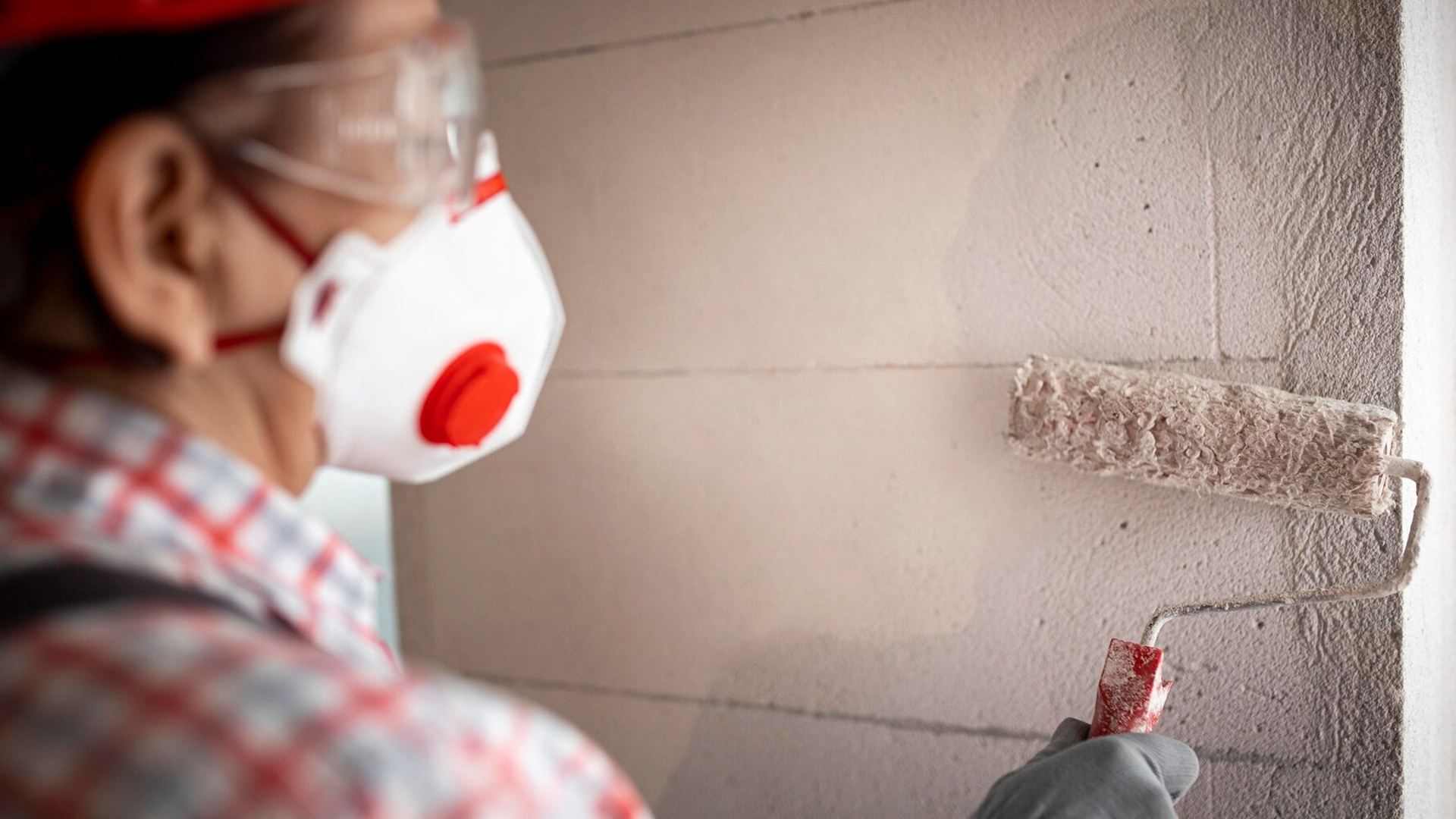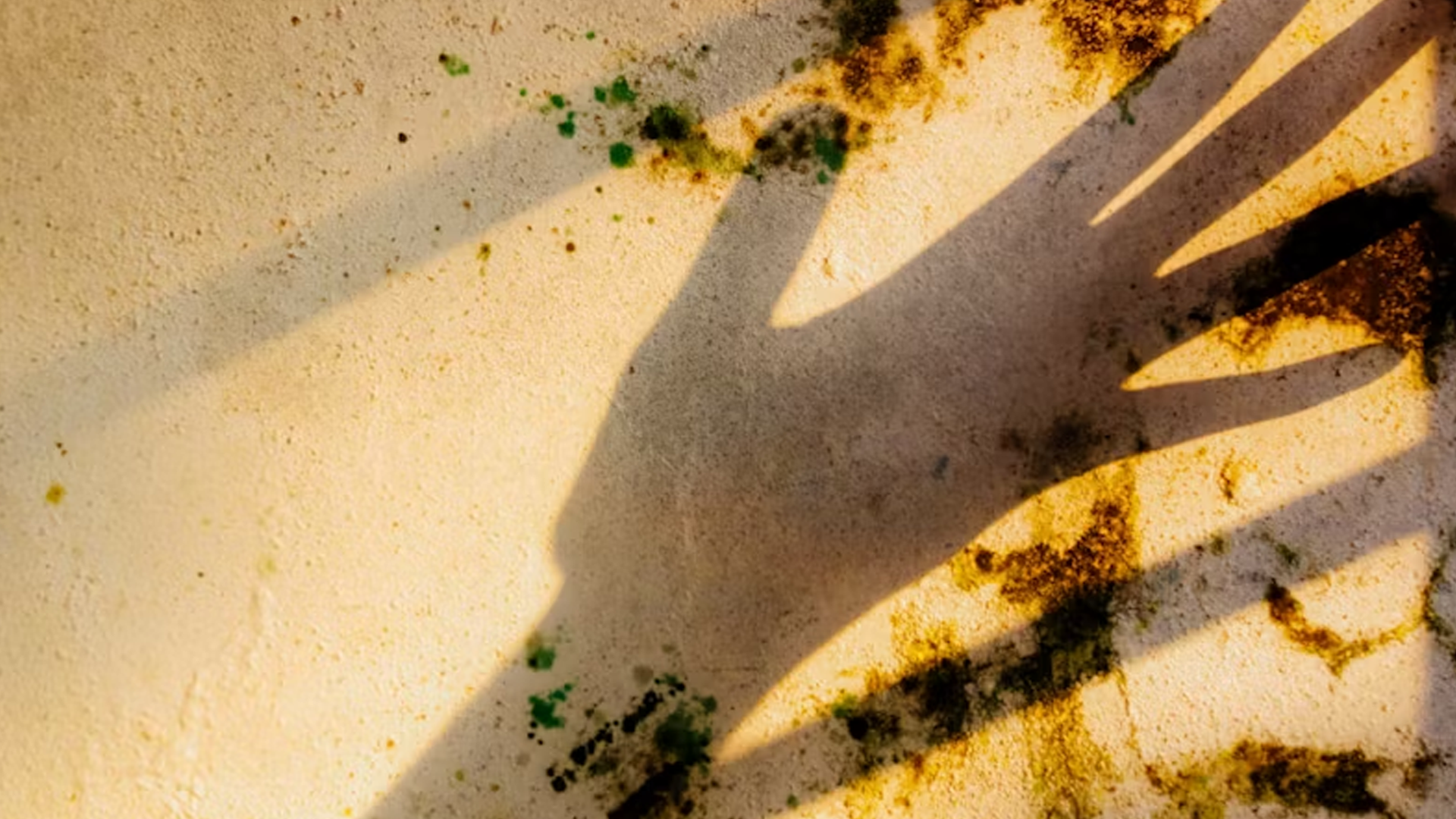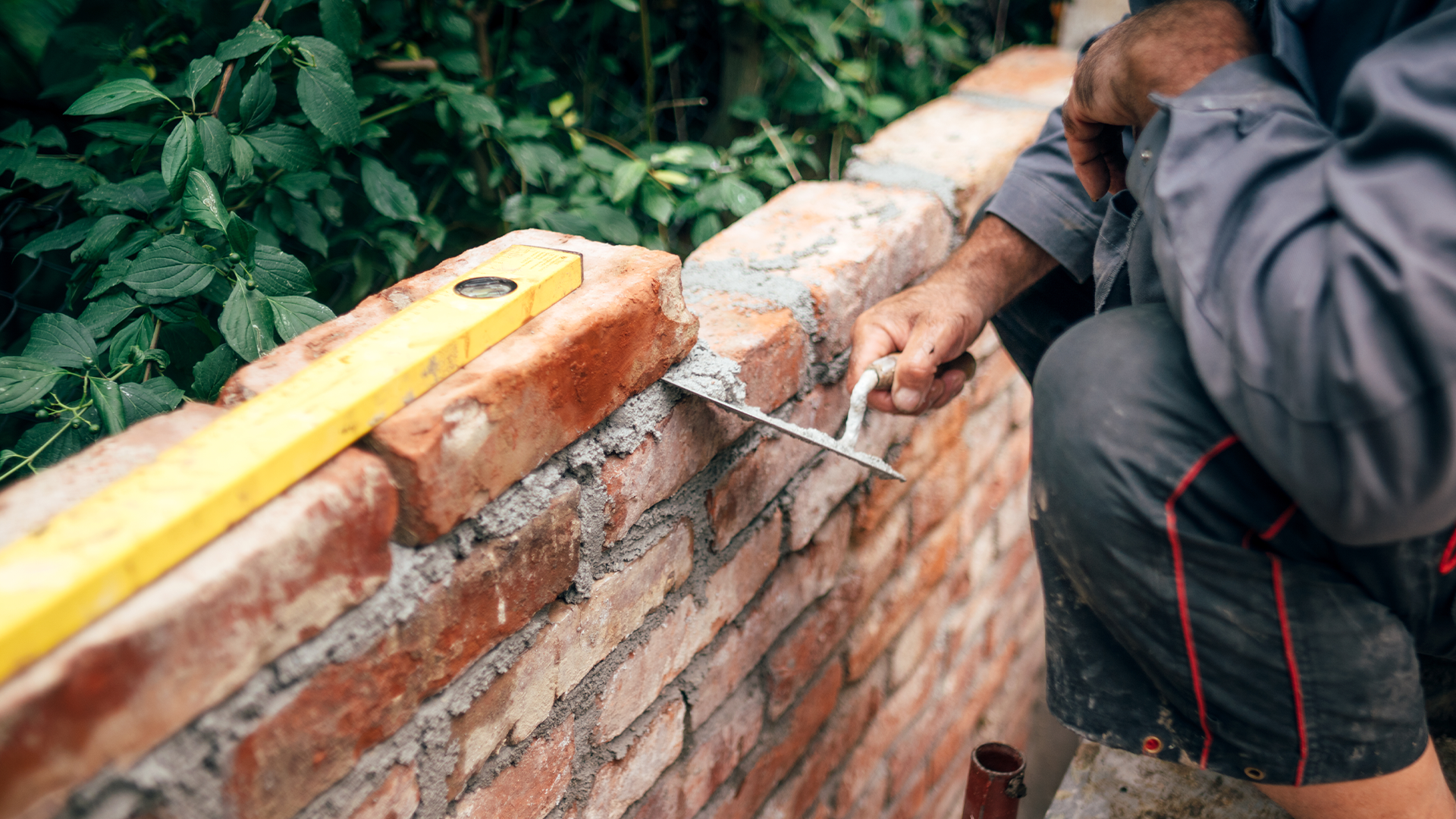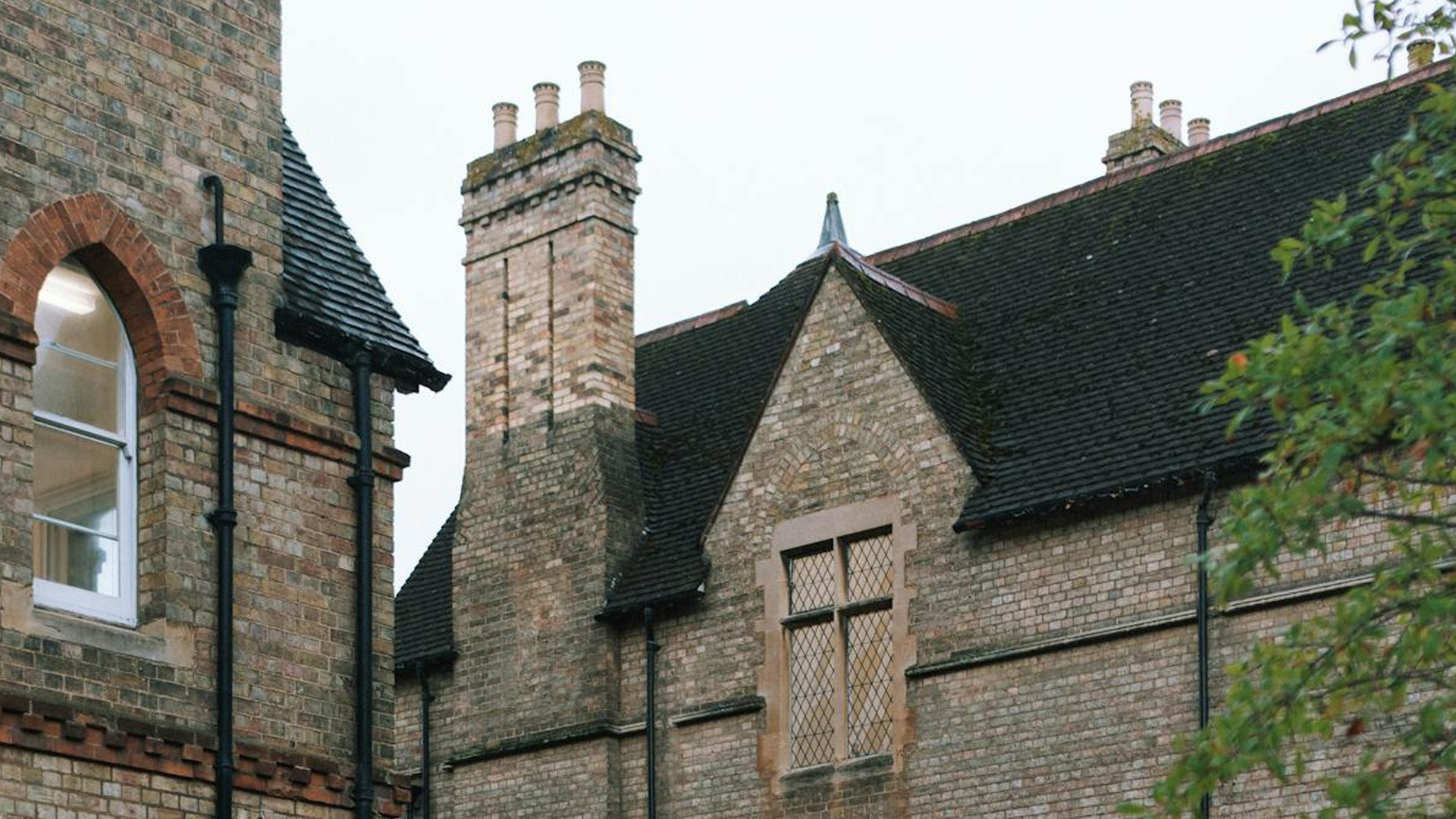Many homeowners become tired of hiring a designer to paint their home every year, and masonry paint only lasts for a specific time.
Finding more resilient and long-lasting wall protection systems for the home can seem like a nightmare because there are so many different house painting and repair materials available, but it doesn’t have to be.
Masonry paint has limitations; occasionally, a more robust coating is required.
Paint undoubtedly has its limitations, and besides maybe being more affordable in terms of availability, worth, and aesthetic qualities, paint won’t fix the typical wall issues that many surveyors in the UK today find.
Brickwork efflorescence or discolouration, crumbling or loose mortar joints around the brickwork, hollow or weak rendering, cracked pebbledash, or damp seeping into the building are frequently included in these issues.
There are many different types of textured exterior wall coverings available today; the majority are offered as “supply and fit” by specialised wall coating companies. Some less efficient but more affordable wall covering systems are also available for self-application, though the latter should be avoided.
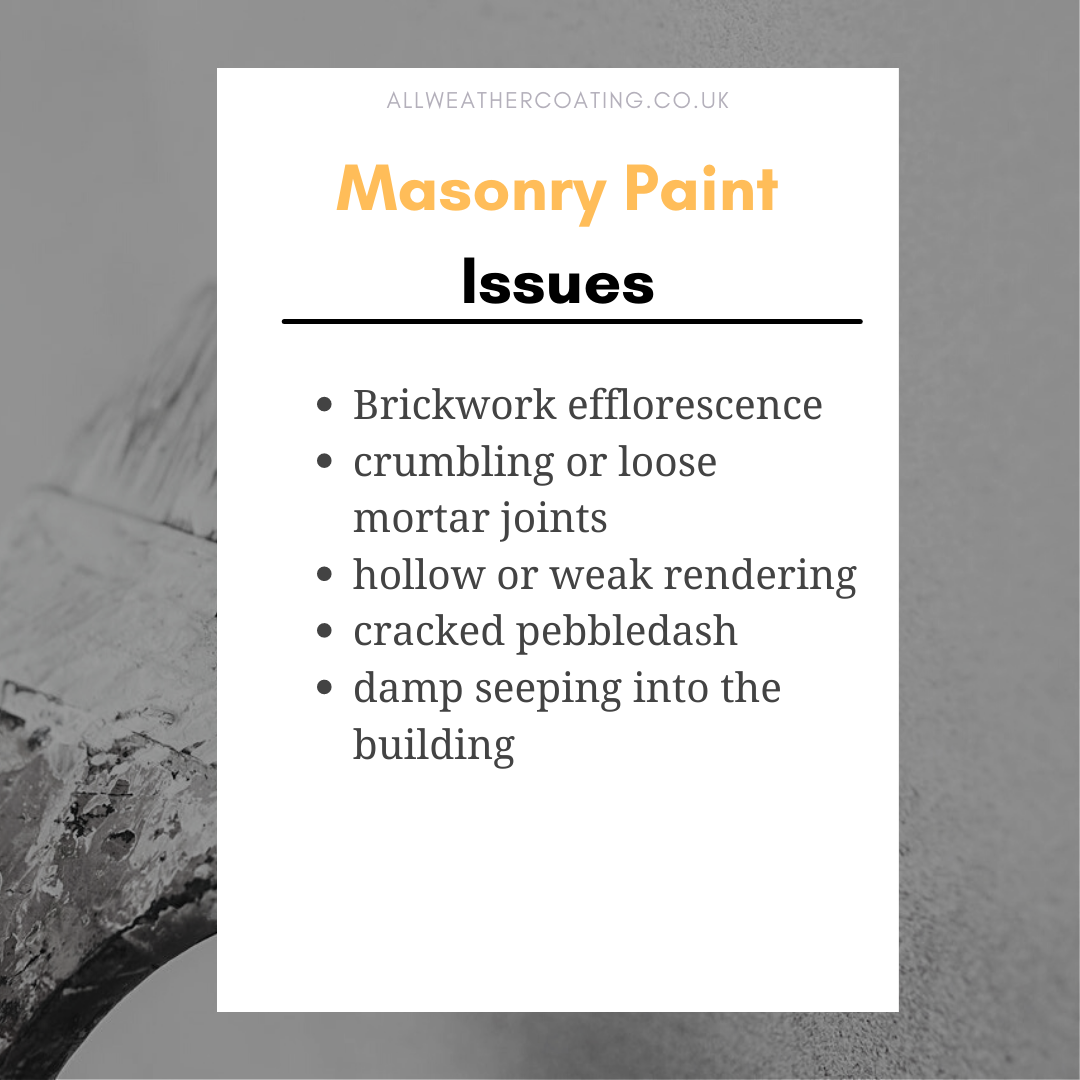
Why not simply purchase some paint from a store?
There are several advantages to choosing an external textured masonry coating over paint, and often these coatings are robust, adaptable, and long-lasting, which results in significant long-term savings.
They are applied by using a special spray machine rather than a paintbrush or roller, but only following a schedule of wall repairs.
When the final coat is sprayed on the wall, the homeowner can typically enjoy up to 20 maintenance-free years of the house exterior, compared to roughly two years when using conventional masonry paints.
Applying wall coverings to exterior walls: how?
Here are the top 6 steps involved in applying one of these unique masonry coatings to demonstrate how distinct wall coatings are from paint.
However, the generic exterior wall coating products that many businesses use to call for a significant amount of preparatory work even before the system can be applied, or it wouldn’t last as long as it should. Masonry paint is frequently used with a roller or brush, and little attention is paid to anything but basic wall surface preparations.
First step: Identify wall issues
Since proper planning is essential for successfully installing an outside wall covering, great attention is taken to pinpoint problem areas along the wall surface.
These may include moist spots, loose pebbledash, or hollow rendering in some sections.
The next step usually entails applying an eco-friendly fungal wash, which would be sprayed onto the wall with a sprayer of low pressure and then cleaned off using a power wash system, comparable to the kind used to clean driveways and patios, after these trouble spots have been attended to and repaired.
Second stage: Removing the previous wall covering
All of this must be removed because it would be useless to put what is intended to be a long-lasting paint system on top of loose or flaking paint.
Some of it is removed during the first cleaning process, but scrapers, tools, and needle guns must frequently be used to remove old paint from the house’s walls.
Needle blasting on formerly painted surfaces is an essential procedure to remove loose and flaky paint and disclose unseen flaws.
Stage three: Crack repairs
If cracks in the property’s wall are discovered after the first two steps, they must be carved out and made wider using an angle grinder, a powerful instrument with a tiny revolving disc that cuts a line into rendering.
The cracks are then sealed with a bonding adhesive to prevent them from reopening and potentially damaging the coating that will later be applied on top.
When fixing this kind of damage, it is crucial that the fractures do not recur a few years later, damaging the surface coating. These are then polished to fit the existing surface.
Stage four: Testing for blown rendering
It might be a sign of dampness and all other issues related to water intrusion into a property if the pebbledash or render on the wall to be painted is hollow and broken away from becoming held against blocks or bricks that make up the structure of the house.
When rendering problem areas are identified, they are excavated and then restored with fresh render or stucco.
Stage five: Wall sealing
The proper primer must be sprayed, just like regular paints, to provide sufficient drying time first before the final coat is done by spraying for any exterior wall covering to survive the length of its projected lifespan.
For a loose, brittle, or exfoliated substrate to adequately attach and adhere to the whole house wall, the primer helps with the substrate’s micro-elasticity. This stabilises, which is particularly beneficial for homes with pebbledash where the stones may have come loose over time.
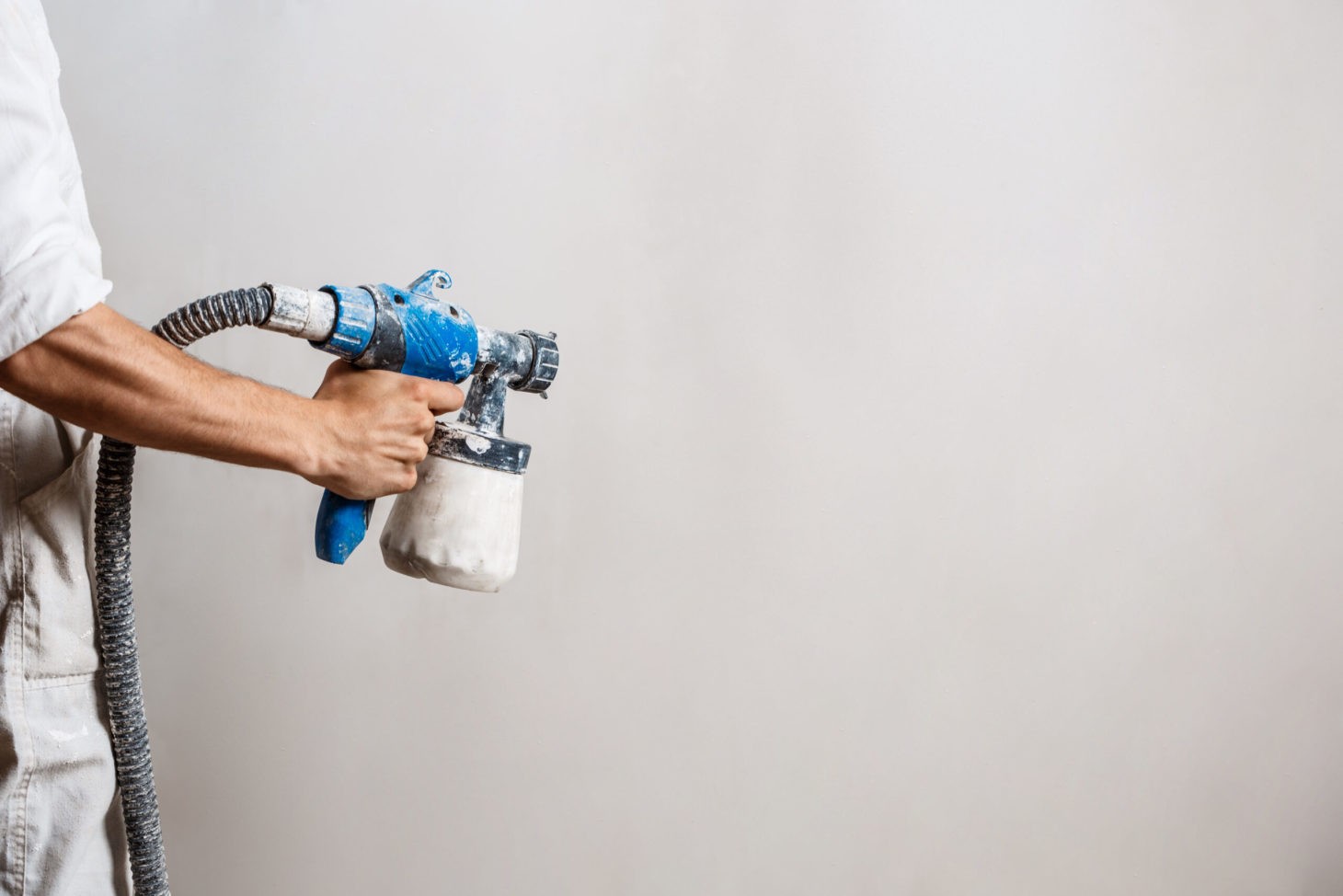
Stage six: Putting the house’s wall coats on
You often need specialised knowledge, equipment, and expertise to implement the majority of external wall systems to the exterior of a structure.
The requisite high-quality finish may always be achieved with two suitable applications, while three coats may occasionally be necessary on previously textured surfaces like pebbledash or spar dash.
The windows and doors are frequently covered with paper and tape since the paint is done with a spray machine, which requires careful attention to prevent overspray or fine paint mist falling on locations where paint is not required or welcome.
Before pulling the paper from the windows and carefully removing the dust sheets placed on the floor to prevent paint from settling on pathways and flowerbeds, the outside wall coating is applied to the wall and left to dry.
Following this, the coating turns into a protective durable finish that can last up to 20 years, depending on the local climate and the calibre of the products used.
Conclusion
Compared to yearly decorating using masonry paints, utilising a unique painting method like an outside wall coating delivers a multitude of perks to the recipient’s home. Over the years, it can save the buyer a lot of money and time.


